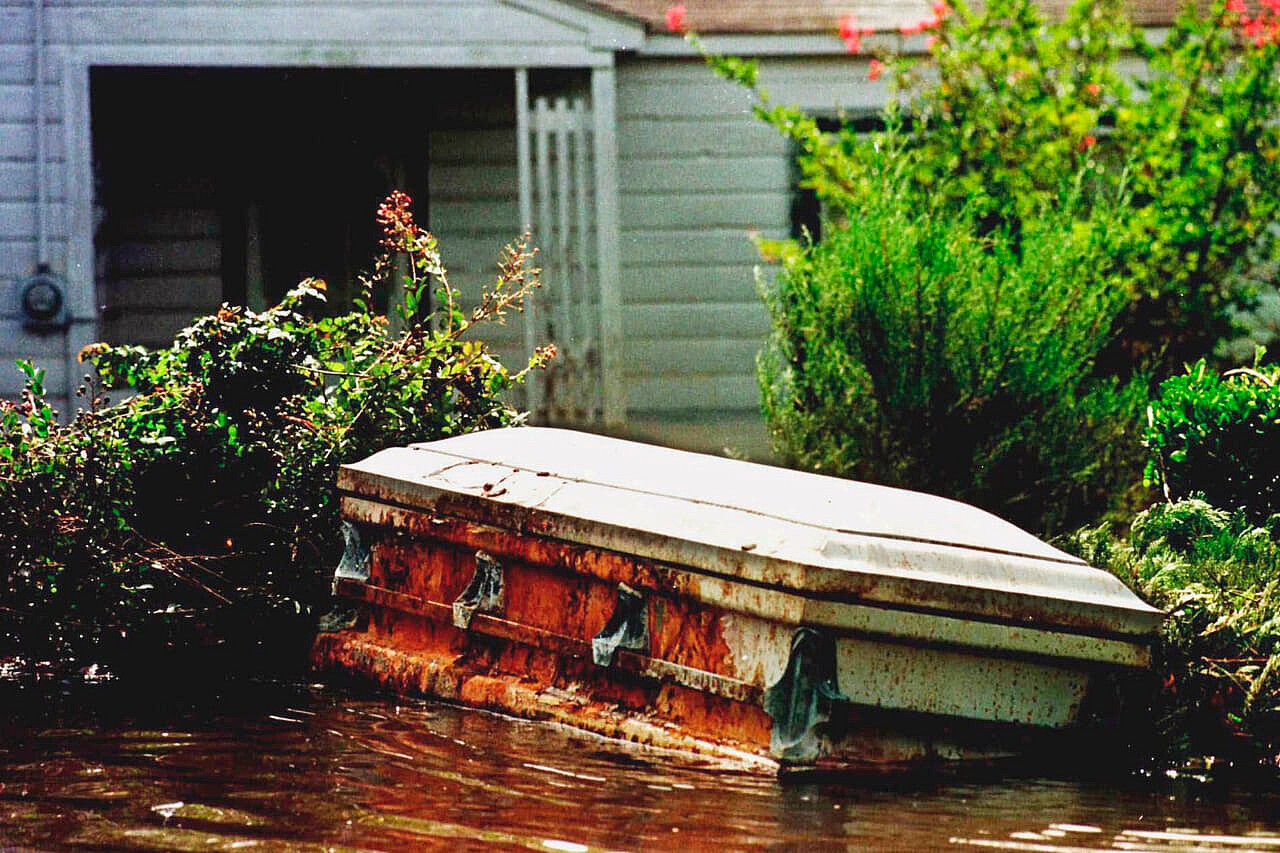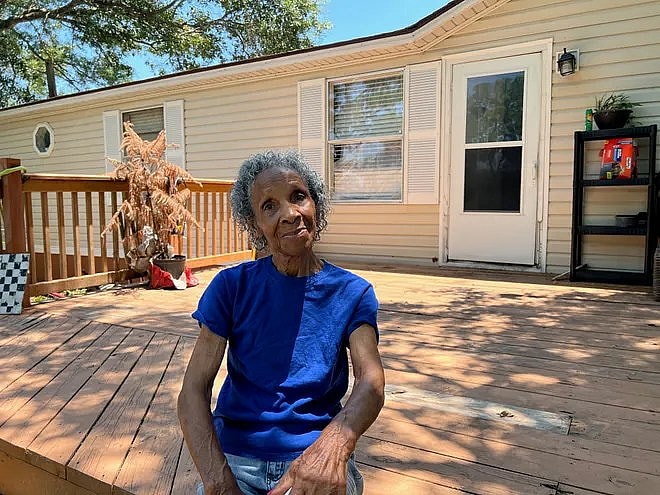Citizens in America’s oldest Black-chartered town are on a mission to save history after repeated flooding destroyed hundreds of homes.
According to The Washington Post, Princeville, North Carolina, has experienced at least nine hurricanes and floods since 1865, when a group of freed Black people established the town at the end of the Civil War.
“Before Matthew, there were 2,300 households in Princeville,” Town Manager Glenda Knight said of the 2016 hurricane, “and 1,592 after.”

Knight said six residents within town limits have chosen to take advantage of buyouts and demolition offers from the Federal Emergency Management Agency (FEMA) and the North Carolina Office of Recovery and Resiliency (NCORR).
Princeville’s population had declined in 1919 due to a significant flood that displaced residents to East Tarboro, which needed laborers.
While more residents came in the ensuing decades, there also was repeated flooding from the nearby Tar River. The Army Corps got involved and constructed a levee in 1967 following Hurricane Hazel’s 1954 devastation. “After the levee was built,” said North Carolina historian Kelsi Dew, “there was a major rise in population because there was security.”
Hurricane Floyd breached the town’s levee in 1999, leaving 10 feet of standing water for two weeks and destroying almost 1,000 buildings. Matthew followed in 2016, again shattering the levee, and demolishing half the town.
According to the Post, Congress authorized a plan in 2016 to strengthen the town’s levee, and four years later, the lawmakers allotted $39.6 million to carry out the plan.
However, Army Corps members told town officials in June 2023 that the updated levee model would endanger thousands of structures in the region — rendering the plan to preserve historic Princeville unfeasible.
On Jan. 4, about 35 Princeville citizens gathered in their flood-resistant town hall, built in 2020, for a meeting with Mayor Bobbie Jones, elected commissioners and U.S. Army Corps of Engineers representatives to share their concerns about their town.
Recommended Stories
At the meeting, one woman said they were “sick and tired of being sick and tired — and being scared every time there’s a hurricane.”
In 2017, one year after Hurricane Matthew, college professor Gavin Smith, who was the director of the Department of Homeland Security’s Coastal Resilience Center of Excellence, organized a five-day design workshop for the town to create a plan to make Princeville safe, welcoming, and flood-resilient. The plan included relocating essential services to a 53-acre plot outside the floodplain.
State funds allowed an existing property to sit on stilts, and FEMA provided money to raise 22 more homes on concrete blocks.
NCORR will put $850,000 from the U.S. Department of Housing and Urban Development into fixing damaged parts of the levee and four floodgates washed out during Matthew. The organization’s community development director, Tracey Colores, hopes to start construction this summer.
According to the Post, NCORR has also pledged $3.5 million for infrastructure in the 53-acre parcel outside the floodplain and, pending environmental approval, will pay for the construction of 50 public housing units. The parcel would also contain a fire station and other facilities as well as a farmers market.
After every flood, some residents choose to leave town, but most people in the overwhelmingly Black community are adamant about rebuilding.
“They say: ‘This is who we are,’” said Mayor Jones, the Post reported. “’This is sacred ground. Our forefathers shed blood, sweat and tears here.’”
Never miss a beat: Get our daily stories straight to your inbox with theGrio’s newsletter.









